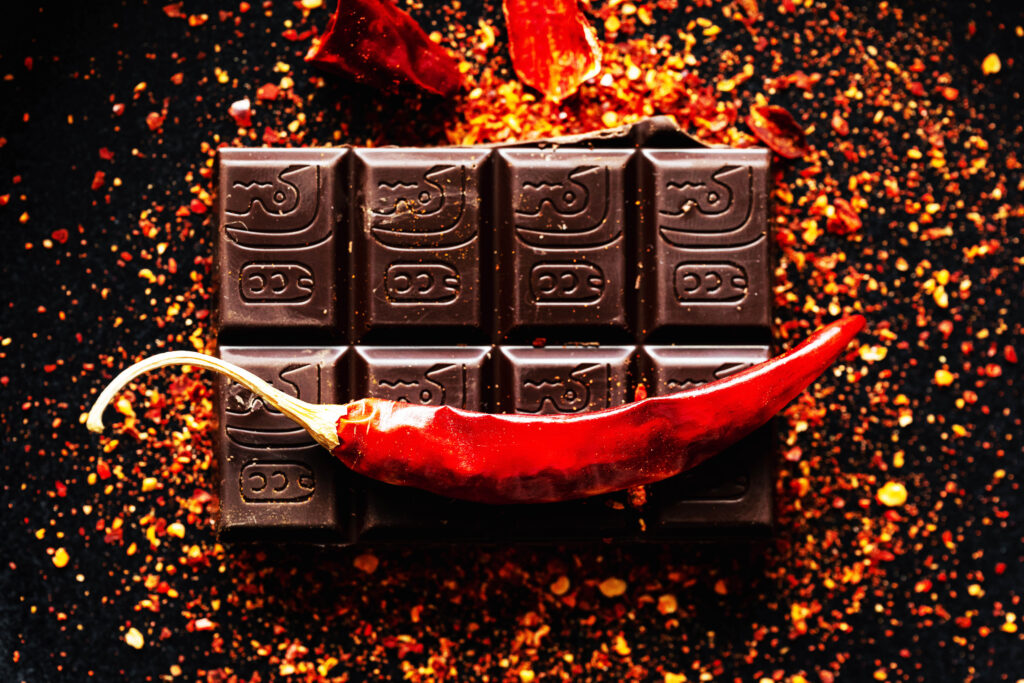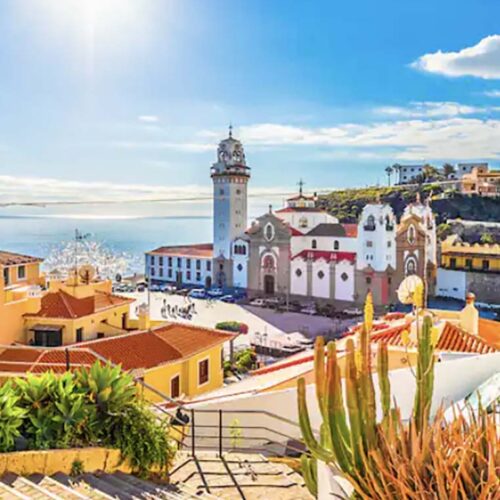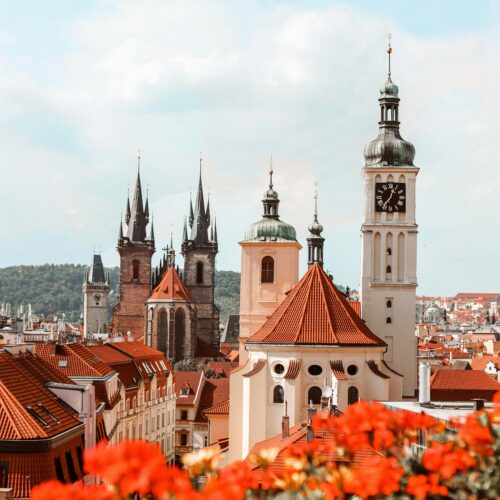
Choco-lotta Fun with Mexican Chocolate! Satisfy Your Sweet Tooth on a Chocolate Road Trip Through Mexico
Embark on a delicious and adventurous journey through the heart of Mexico’s chocolate culture with a Mexican chocolate road trip. As one of the world’s leading cocoa producers, Mexico boasts history of chocolate-making traditions passed down for centuries.
From the bustling streets of Mexico City to the quaint towns of Oaxaca and Tabasco, travelers can indulge in a diverse array of chocolate treats and experience the art and science of chocolate-making firsthand.
Whether you’re a seasoned chocolate connoisseur or have a sweet tooth, a chocolate road trip through Mexico promises to be a feast for the senses.
Here is an itinerary for Mexico’s chocolate road trip:
Day 1: Mexico City
- Arrive in Mexico City and settle into your accommodations.
- Visit the Chocolate Museum in Mexico City to learn about the history and culture of chocolate in Mexico.
- Sample some traditional Mexican hot chocolate at a nearby café.
Day 2: Oaxaca
- Drive to the city of Oaxaca, a UNESCO World Heritage Site and a hub of Mexican culture and cuisine.
- Visit a local chocolate maker and take a chocolate-making class to learn about the traditional techniques used to make Mexican chocolate.
- Explore the local markets and sample different types of Mexican chocolate, including chocolate bars, mole sauces, and hot chocolate.
Day 3: San Cristobal de las Casas
- Drive to San Cristobal de las Casas, a charming colonial town in the state of Chiapas known for its coffee and chocolate.
- Visit the local market and sample different types of chocolate from the region, including the famous Chiapas chocolate.
- Take a Mexican chocolate tasting tour and learn about the different types of chocolate produced in the region, including single-origin and fair trade chocolates.

Day 4: Villahermosa
- Drive to Villahermosa, the capital city of the state of Tabasco and the heart of Mexico’s cacao-growing region.
- Visit a cacao farm and learn about the process of growing and harvesting cacao beans.
- Take a tour of a chocolate factory and see how cacao beans are processed into chocolate products.
- Sample some of the local Mexican chocolates and explore the city’s chocolate shops.
Day 5: Merida
- Drive to the city of Merida, the capital of the state of Yucatan and a hub of Mayan culture.
- Visit a local chocolatier and learn about the history and traditions of chocolate in the Mayan culture.
- Take a cooking class and learn how to make traditional Mayan chocolate dishes, such as mole and hot chocolate.
- Visit a local chocolate shop and sample some of the region’s unique chocolate products.
Day 6: Tulum
- Drive to the coastal town of Tulum and relax on the beach.
- Visit a local chocolate shop and sample some of the region’s unique chocolate products, such as chocolate-covered fruits and nuts.
- Enjoy a chocolate-infused cocktail at a beachside bar and reflect on your amazing chocolate road trip through Mexico.
This itinerary is just a suggestion and can be customized based on your preferences and time constraints.
TIP: If a road trip isn’t your thing, you can order this sumptuous chocolate online to try or follow the directions from this video below.
Did you know?
Mexican chocolate is traditionally made using a stone tool called a metate. The metate is a flat, rectangular stone used to grind roasted cocoa beans into a paste, mixed with sugar, cinnamon, and other spices to create a unique chocolate flavor.
The process of grinding the beans on the metate is labor-intensive and requires skill and precision, as the texture of the Mexican chocolate can vary depending on how finely the beans are ground.
This traditional chocolate-making method has been passed down through generations of Mexican families and is still used by some artisanal chocolate makers today.
A little history:
Mexican chocolate goes back to the time of the ancient Mesoamerican civilizations such as the Maya and the Aztecs. These civilizations believed that cocoa was a sacred food and played an essential role in their religious ceremonies and daily life.
 The Aztecs, in particular, considered cocoa a luxury item and used it as a form of currency. They also believed that the god Quetzalcoatl brought cocoa to them as a gift, and as a result, cocoa was considered a symbol of wealth, power, and divine favor.
The Aztecs, in particular, considered cocoa a luxury item and used it as a form of currency. They also believed that the god Quetzalcoatl brought cocoa to them as a gift, and as a result, cocoa was considered a symbol of wealth, power, and divine favor.
When the Spanish conquistadors arrived in Mexico in the 1500s, they were introduced to cocoa and quickly developed a taste for the sweet, bitter drink that the Aztecs made with it.
The Spanish then began to export cocoa to Europe, where it quickly became a popular luxury item.
Over time, the chocolate-making process evolved in Mexico by adding sugar and cinnamon. By the 1800s, Mexican chocolate had become a popular drink throughout Mexico, and chocolate factories began to emerge in cities like Oaxaca and Tabasco.
Mexico remains one of the world’s top cocoa producers, and its chocolate-making traditions continue to be celebrated and preserved.


